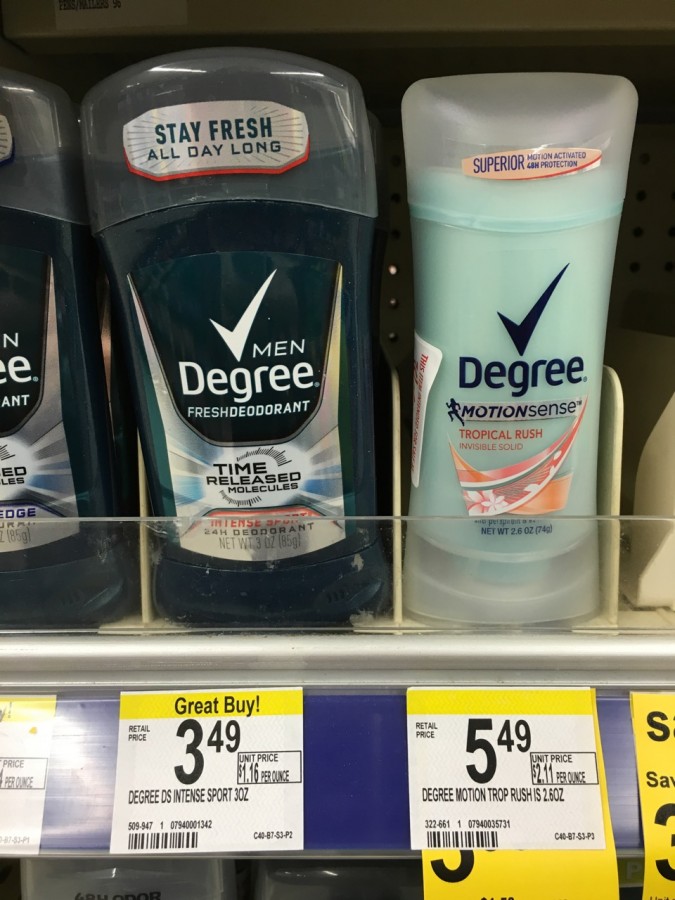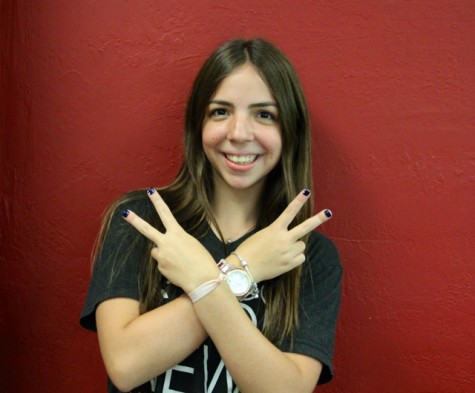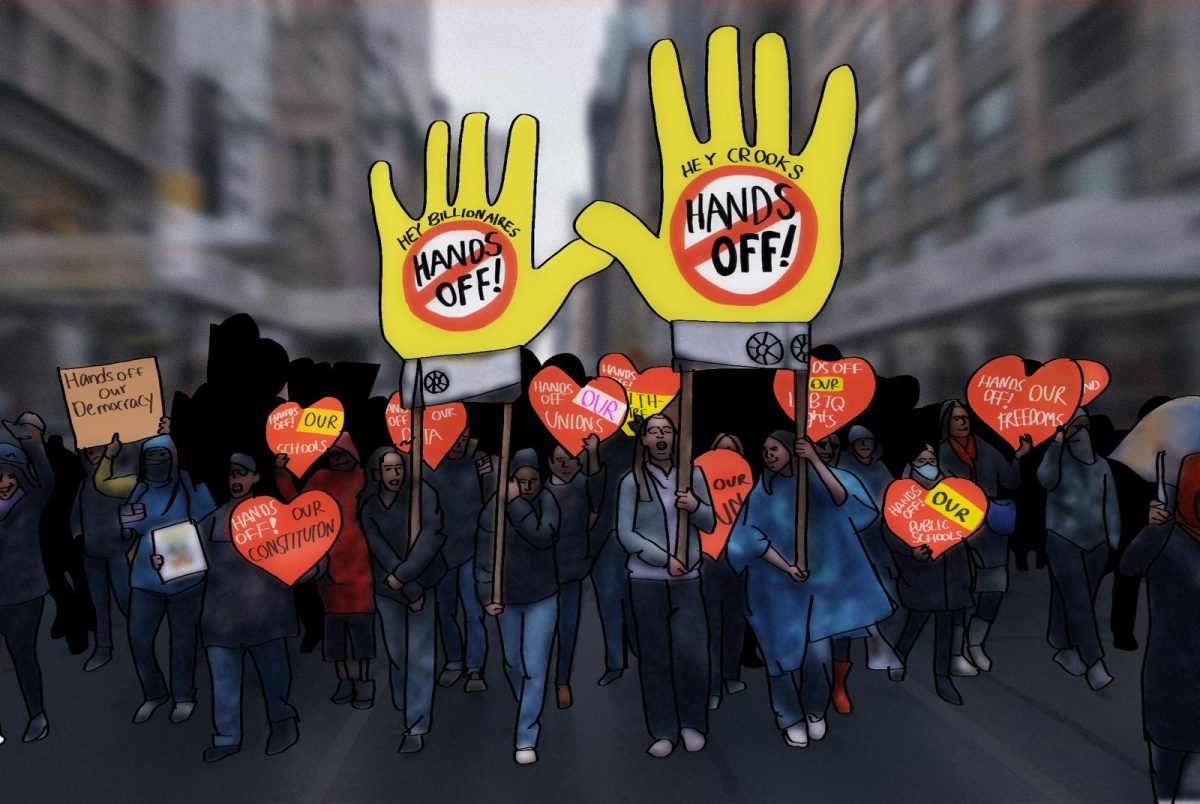The Pink Tax
The deodorant for women is $2 more expensive than the one for men, despite the fact that the women’s one is smaller.
Jan 24, 2016
Not many consumers realize or question why products marketed towards women are typically more expensive than those marketed for men. This phenomenon is known as the pink tax, and it may be defined as the elevated pricing on selected items geared towards females while similar or identical products geared towards males are cheaper. Feminists, egalitarians, and other supporters of gender equality have begun to express how unfair this is; women generally make less money than men, yet their products tend to cost more. It is absurd to charge women more for feminine products, using a common marketing tactic known as “shrink it and pink it,” where products are made smaller and made to look feminine and then have their prices raised.
A recent study investigated how similar products geared towards men and women differ in prices. It was found that nearly identical products designed for men, such as razor blade cartridges, were significantly less expensive when compared to their female counterparts. One of the largest discrepancies in pricing was between two children’s scooters from Target; they were nearly identical except for the color – one was red and one was pink. The red one was marked at $24.99, while the pink one targeted to girls costed $44.99. Women pay, on average, over $1000 a year more than men due to this disparity.
“As a woman of society, I don’t believe that being taxed is the right thing to do. What did we do to get taxed more? Society needs to fix this as soon as possible. Being taxed more because it’s for a woman or a girl is ridiculous!” senior Natalie Rambaran said.
This pink tax ranges from clothing to services to personal care items such as shampoo, deodorant and pain relievers. In most states, this cannot be considered unlawful due to gender inequality because consumers can buy either product, no matter what gender the product is aimed at. This still doesn’t change the fact that due to gender marketing, women are more likely to buy the product for females, unwittingly paying more than men.
A petition has been drafted with over 40,000 signatures, but there is still a long road ahead to equality. One of the main reasons why this is so hard to correct is because in most states, companies can’t have legal repercussions for charging more for women products since it is not illegal under the law. In order to correct these issues, legislative measures must be taken.
Audio PlayerSome firms, namely Old Navy, charge up to $10 more for women’s plus-size garments, but men’s plus-size clothing retains the same prices as regular sizes. Old Navy claims that designers and special materials are used to make the women’s clothing more flattering. This assumption leads people to believe the pink tax is fair, since the cost of production for the feminine products is higher. Although this is true in some cases, in many, two products that are exactly the same will have different prices – the one in pink always more expensive.
This is an issue that has only recently been gaining awareness and people are only beginning to fight against it. These different prices encourage sexism as the inequality between genders increases. Gender inequality exists in many aspects of daily life, but it should not have to influence pricing of identical products. Much is needed to be done in order to combat the inequities women face, not only in the consumer world but in their everyday lives.












